Understanding Air Conditioning Basics
What is Air Conditioning?
Air conditioning is a technology that alters the condition of air within a specified area. It typically lowers the temperature and manages humidity levels, providing comfort in residential and commercial buildings. An air conditioning system comprises various mechanisms that work together to ensure a pleasant indoor climate, particularly during the hot months. Whether it’s window units, central air conditioning systems, or split systems, they all aim to maintain a stable and comfortable environment for occupants.
How Air Conditioning Systems Work
The primary function of an air conditioning system is to remove heat from the indoor air and transfer it outside. This process typically involves a refrigerant—a fluid that absorbs heat. Here’s a simplified explanation of how it works:
- Evaporation: The refrigerant absorbs heat from the indoor air while evaporating in the evaporator coil inside the air handler or indoor unit.
- Compression: The gaseous refrigerant then travels to the compressor, usually located outdoors, where it is compressed. This increases its temperature and pressure.
- Condensation: The high-pressure gas moves to the condenser coil, where it releases its heat to the outdoor air through the help of a fan, thus converting back to a liquid state.
- Expansion: The refrigerant passes through an expansion valve, reducing its pressure and temperature before it returns to the evaporator coil to restart the cycle.
This continuous cycle not only cools the air but also removes humidity, producing a comfortable indoor environment.
Key Components of Your AC System
An air conditioning system consists of several crucial components, each playing a vital role in the cooling process:
- Compressor: Converts low-pressure gas into high-pressure gas, facilitating the circulation of refrigerant.
- Condenser Coil: Releases heat absorbed from indoor air to the outside environment.
- Evaporator Coil: Cools indoor air by absorbing heat; located inside, often connected to the furnace.
- Expansion Valve: Reduces refrigerant pressure, allowing it to expand and cool before entering the evaporator coil.
- Blower Fan: Circulates air over the evaporator coil and throughout the indoor space.
- Air Filters: Clean the incoming air by trapping dust and other particles, essential for maintaining a healthy indoor environment.
Common Reasons for Air Conditioning Not Blowing
Clogged Air Filters and Their Impact
One of the most common issues that can cause your air conditioning system not to blow air is a clogged air filter. The air filter is designed to capture dust, pollen, and other airborne particles to ensure clean air circulates through your home. However, when filters become clogged, they can significantly restrict airflow.
As airflow decreases, the efficiency of your AC system diminishes, making it harder for your unit to cool your space. In extreme cases, this can lead to the evaporator coils freezing, resulting in further complications. To avoid this, it’s recommended that you regularly check and replace your air filters as part of your maintenance routine.
Frozen Coils: Causes and Effects
Another issue that can cause your air conditioning system to stop blowing air is the freezing of the evaporator coils. This can be caused by a number of factors:
- Low Refrigerant Levels: A leak in the refrigerant lines can lead to lower pressure in the system, making the coils too cold and causing ice formation.
- Poor Airflow: As previously mentioned, if the airflow is restricted due to a clogged filter or blocked vents, the coils may not receive enough warm air to balance the cooling process, leading to freezing.
- Insufficient Insulation: Poor insulation in your ductwork can cause the pipes to chill, leading to condensation and subsequent freezing.
When coils freeze, it lowers the system’s ability to absorb heat, which can result in the system blowing warm air or none at all. It’s crucial to turn off the AC and let the coils thaw if you suspect they are frozen.
Issues with Blower Motors
If the blower motor fails, your air conditioning system will not circulate air effectively, leading to the perception that the unit is not blowing air. The blower motor is responsible for pushing the cooled air through the ducts and into your living space. Common issues that can arise with blower motors include:
- Electrical Problems: Faulty wiring or blown fuses can prevent the blower motor from receiving power.
- General Wear and Tear: Over time, the mechanical components of the blower can wear down and fail.
- Obstructed Motor Operation: Dust and debris can accumulate on the motor, inhibiting its function.
If you suspect an issue with your blower motor, it’s advisable to have a professional technician inspect it to determine whether repairs or replacements are necessary.
Steps to Diagnose Air Conditioning Problems
Check the Thermostat and Settings
The first step in diagnosing your air conditioning problems is to check the thermostat and ensure it is set to the desired temperature and mode (cooling). Simple errors such as dead batteries in a programmable thermostat can cause the unit not to respond. Make sure the thermostat is functioning correctly and communicating with your AC system.
Inspect the Air Filters
After confirming that the thermostat is functioning properly, inspect the air filters. Remove the filter and visually assess its condition. If it appears dirty or clogged with dust and debris, replace it with a clean filter. Keeping the air filter clean is essential for maintaining optimal airflow and maximizing your AC system’s effectiveness.
Evaluate the Ductwork
Sometimes, air conditioning issues can stem from problems within the ductwork. Inspect the ducts for any visible obstructions, leaks, or damage. Ensure that all vents are open and unobstructed by furniture or other objects. Use your hand to check airflow at the vents: if airflow is weak or nonexistent, this could indicate a blockage or disconnection in the duct system.
Preventative Maintenance for Your Air Conditioning
Regular Filter Changes
Changing the air filter regularly is one of the simplest yet most effective forms of maintenance you can perform on your air conditioning system. Depending on your usage and the type of filter, you should aim to change it every one to three months. This not only helps maintain efficient airflow but also improves indoor air quality by preventing contaminants from circulating in your home.
Seasonal Check-Ups
To ensure your air conditioning system operates efficiently throughout its lifespan, consider scheduling seasonal check-ups with a professional HVAC technician. During these inspections, technicians can clean the coils, inspect refrigerant levels, check for leaks, and assess the overall health of the system. This proactive maintenance can identify potential problems before they necessitate costly repairs.
Signs Indicating Professional Help Needed
While some air conditioning problems can be resolved through DIY methods, certain signs indicate a need for professional assistance. Look out for the following:
- Unusual noises coming from the unit.
- Persistent foul odors when the system is running.
- Continuous cycling of the system without achieving the set temperature.
- Excessive moisture or leaks around the unit.
- Inconsistent cooling or hot spots in the home.
If you encounter any of these issues, it’s best to contact a qualified HVAC technician for a thorough inspection and necessary repairs.
When to Call a Professional
Identifying Serious Issues
Certain problems with your air conditioning system may require the expertise of a professional. Issues such as refrigerant leaks, compressor failure, or electrical malfunctions are complex and can pose safety risks. Understanding when a situation has escalated is crucial: if you notice that your system is blowing warm air or if it’s not running at all after attempting basic troubleshooting steps, it’s time to call for expert intervention.
Choosing the Right HVAC Technician
When seeking professional assistance, it is essential to choose a certified and experienced HVAC technician. Look for these qualities:
- Licensing and Certification: Ensure the technician is licensed and certified for HVAC work in your state.
- Experience: Look for technicians with a proven track record and positive reviews from past customers.
- Insurance: Verify that the technician is insured to protect you against liability for any accidents that may occur during the service.
Cost Considerations for Repairs
Costs for HVAC repairs can vary widely based on the issue, the system’s age, and location. Typically, you may face the following cost metrics:
- Minor Repairs: Simple fixes like replacing air filters can be inexpensive.
- Mid-Level Repairs: Common replacements such as capacitors or fans may range from $100 to $500.
- Major Repairs: Major component replacements, like compressors, can exceed $1,000.
Discuss repair costs upfront with your technician to understand what services are necessary and get a breakdown of expenses before proceeding.
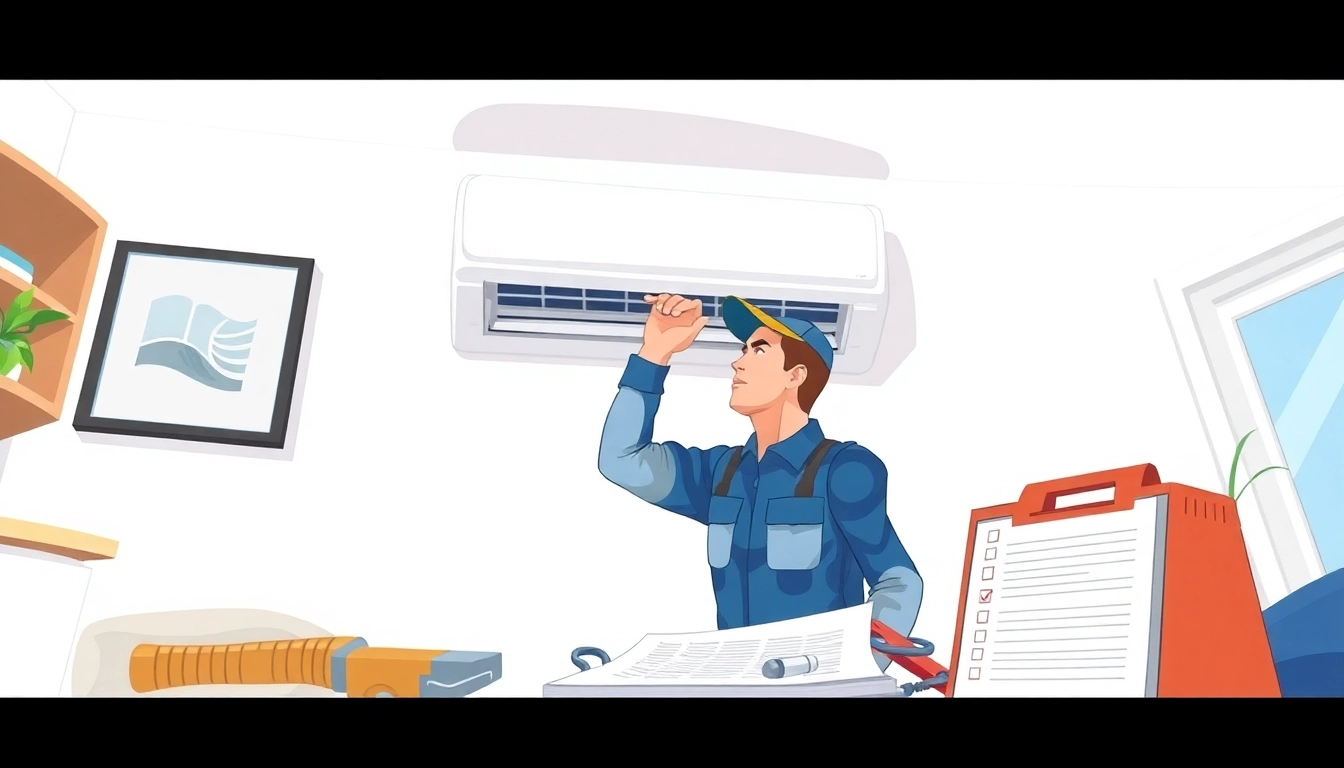

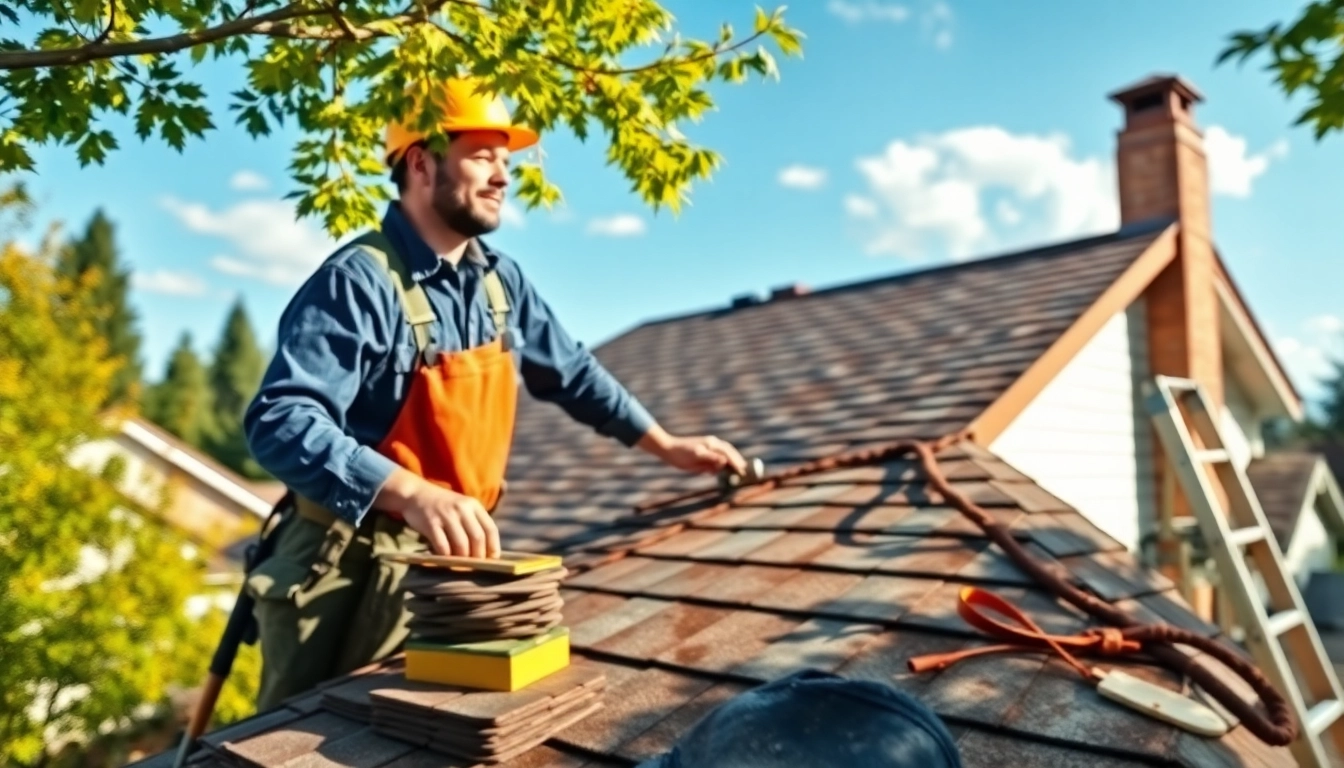

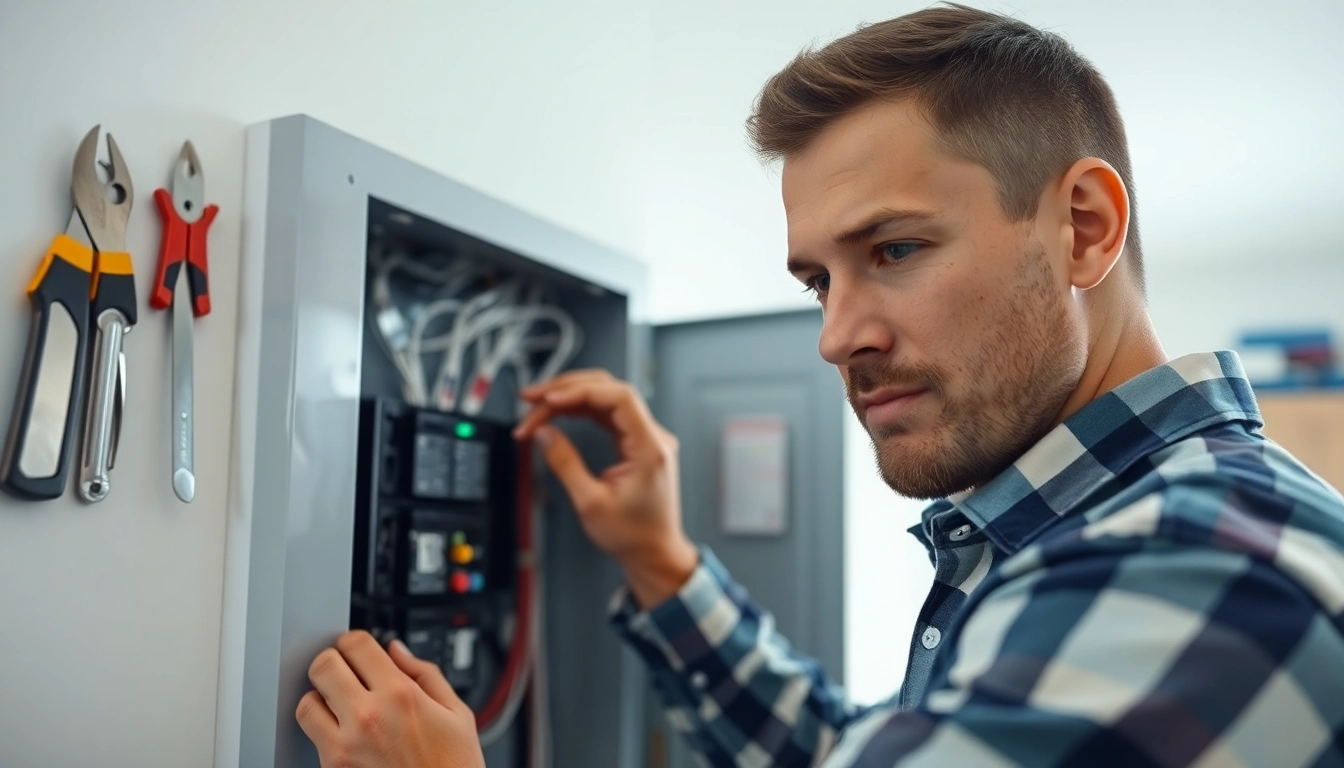
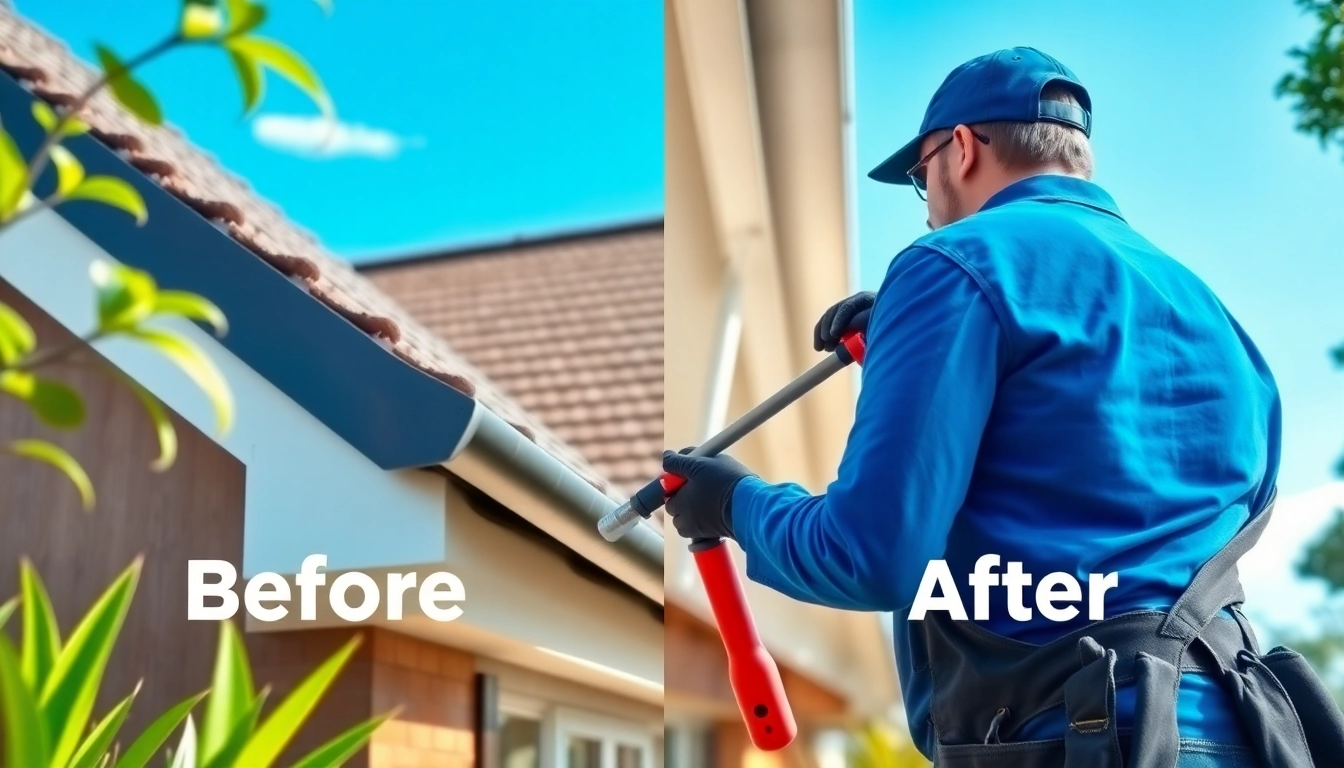
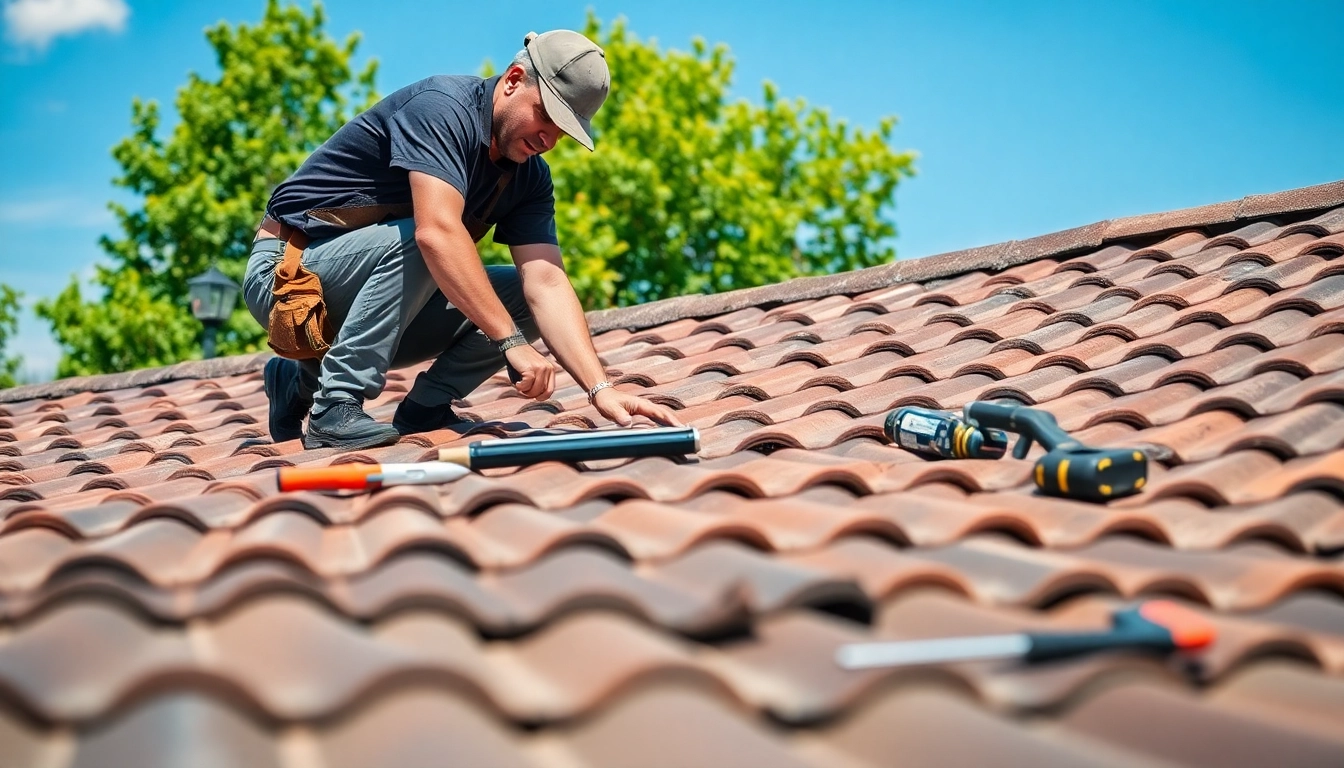
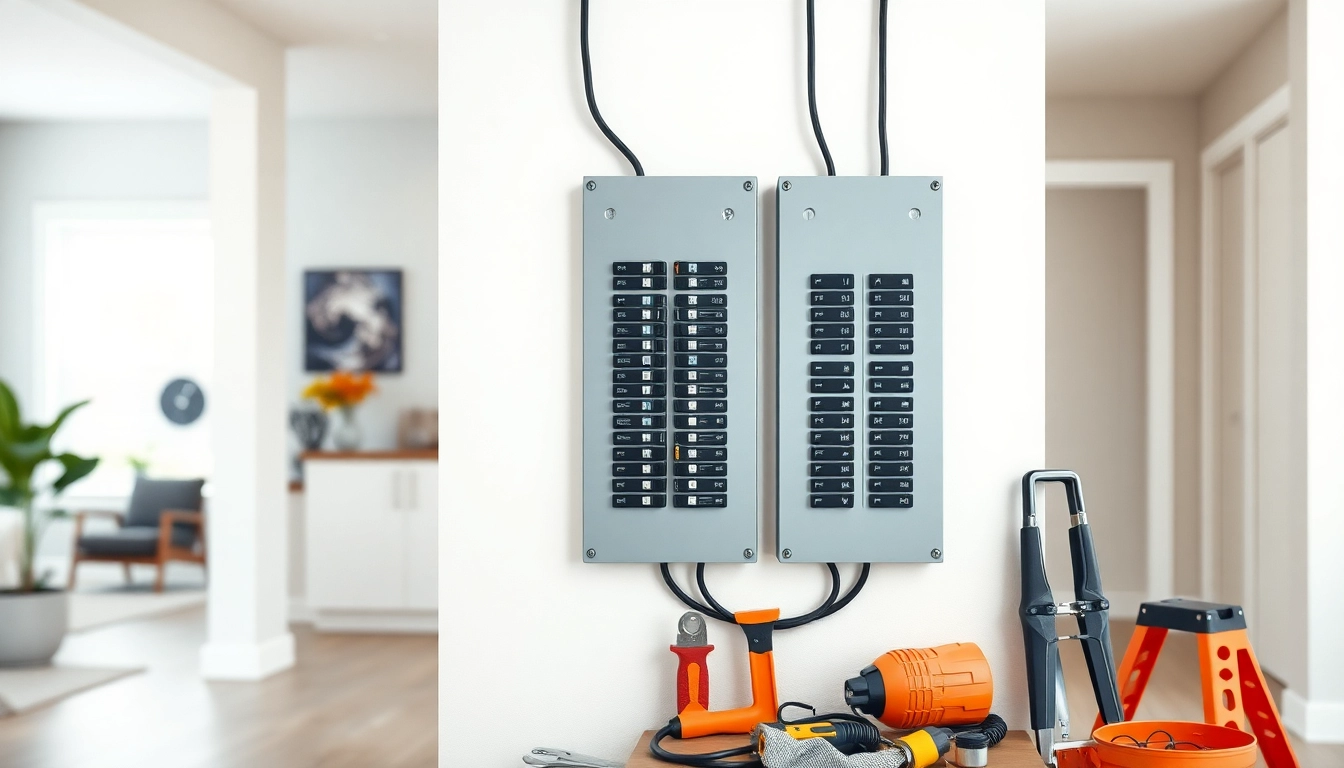







Leave a Reply